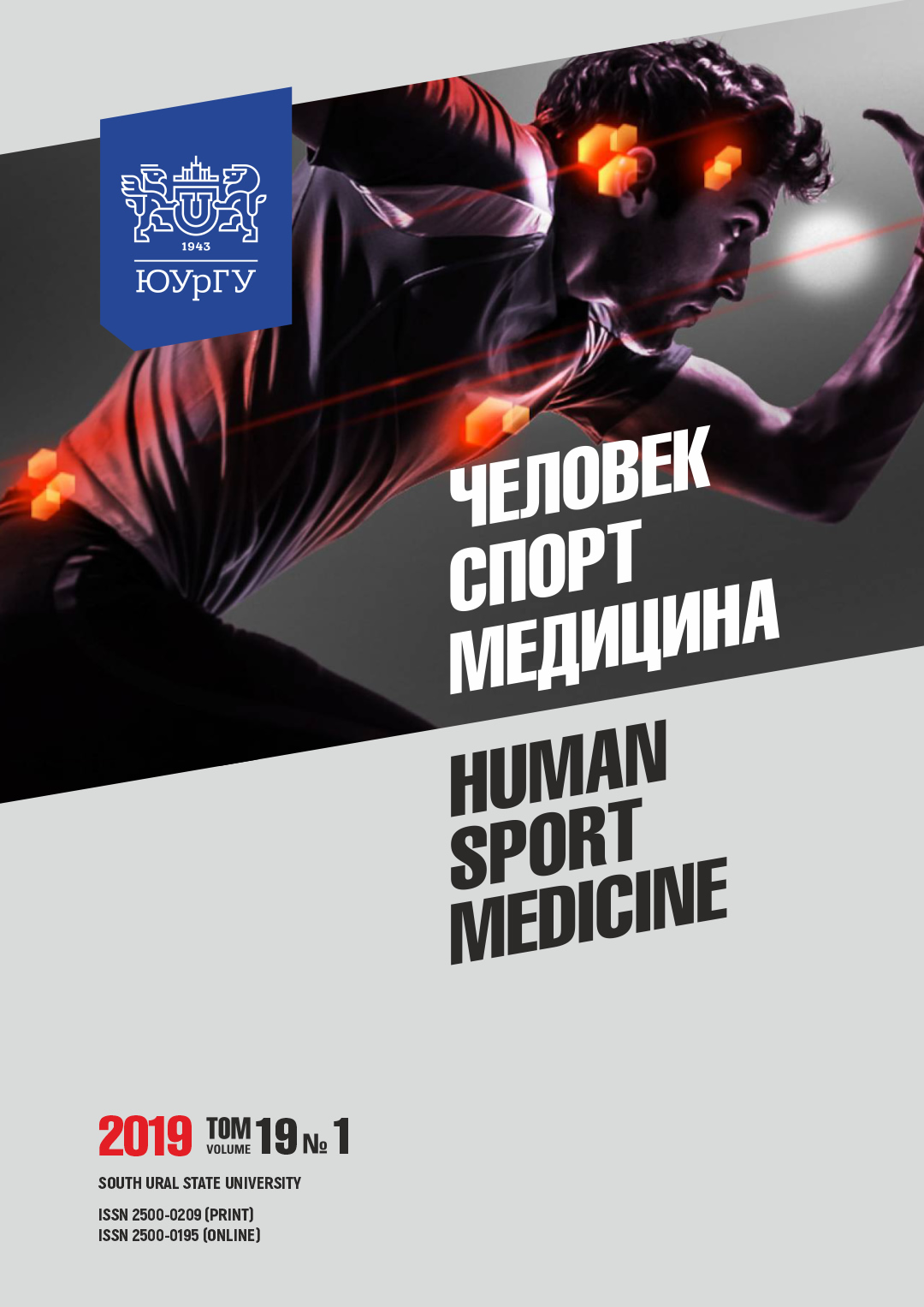NUTRITION FOR CORRECTING METABOLISM DISORDERS OF THE JOINT-LIGAMENT SYSTEM IN PHYSICALLY ACTIVE PEOPLE
Abstract
Aim. The article deals with developing and assessing the efficiency of a complex nutritional support program for the joint-ligament system in athletes and physically active people. Materials and methods. The clinical evidence of biologically active substance (BAS) efficiency and functional orientation was obtained from the representative group of people with knee-joint osteoarthrosis. The main group of participants received a BAS complex with synergistic properties in terms of metabolism correction during osteoarthrosis: BAS 1 – 2 pills, BAS 2 – 1 capsule (2 times per day, 12 weeks), and BAS 3 – 1 capsule (2 times per day, 8 weeks). Nonsteroidal anti-inflammatory drugs were also prescribed to participants from the main and control groups. We used the general and special methods for assessing the quality and functional properties of specialized products. Knee joints were studied by using the Lequesne index (scores) characterizing pain syndrome, maximal distance, and daily movement activity. The intensity of pain syndrome was assessed with the visual analog scale (VAS, in mm). Results. We provided a scientific justification for the qualitative and quantitative content of BAS recipes for complex nutritional support of the joint-ligament system: BAS 1 – chondroprotective orientation; BAS 2 – an optimal source of minerals and vitamins; BAS 3 – polyunsaturated fatty acids. The results obtained revealed that specialized products improve the movement activity of participants with osteoarthrosis and significantly decrease pain syndrome (36 %). Apart from a chondroprotective effect such nutrition provides an anti-inflammatory effect and allows decreasing the intake of Nonsteroidal anti-inflammatory drugs in the absence of side effects. We revealed an insignificant number of disease recurrence – 6.7% (in the control group – 36.5 %) and established the mechanisms of such an influence. Conclusion. The application of biologically active complexes could serve as a reliable means of preventing and treating the diseases of the joint-ligament system, providing physical performance, and preserving health in athletes and physically active people.
References
References on translit
Copyright (c) 2019 Human. Sport. Medicine

This work is licensed under a Creative Commons Attribution-NonCommercial-NoDerivatives 4.0 International License.















